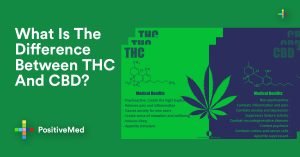How To Tell If A Lump Might Be Cancerous
Cancer can be a scary thing to think about for most people. It is a disease that remains somewhat of a mystery even with all of our modern medical advances. We can diagnose cancer, we can monitor it, we can identify carcinogens directly involved in causing it, and we can even treat cancer to a certain extent. Even in recent studies, enormous progress has been made in the area of ultraviolet light and its damaging effects on the DNA of normal skin cells.

The skin is the largest organ of the human body and covers our muscles and soft tissues to help prevent viral and bacterial infections. Other functions of the skin include protecting us from the elements, permitting sensations to temperature changes, and helping to regulate body temperature. When something goes wrong, often times the skin is the first place warning signs will appear – usually in the form of rashes or lumps.
Here are some common types of lumps that may appear on or under the skin, along with symptoms: (Please NOTE: This list is not all-inclusive)
1. Swollen Lymph Nodes
• Soft and rubbery feeling
• Movable
• Most common in the neck or armpit area
2. Skin Cysts
• Slow-growing and painless
• Smooth to the touch and will roll under the skin
• Can be located anywhere on the body
3. Lipomas
• Slow-growing fatty tumors or nodules that are often benign
• Firm and rubbery to the touch
• Most common in the torso, shoulders and neck
What’s important to note is that even though lumps exist, that does not immediately indicate that they are cancerous. Here are some warning signs to look for to tell if a lump may be cancerous:
• A lump that is painful, itches, scabbed, or bleeds for more than 4 weeks. • Areas where the skin has broken down into an ulcer or sore and doesn’t heal within 4 weeks.
There are many types of lumps and tags that may develop on our skin. Knowing what they are is only part of the equation. To effectively identify cancerous skin problems, these lumps must not only possess certain symptoms, but they must also include cancerous indicators that do not dissipate within 4 weeks.








